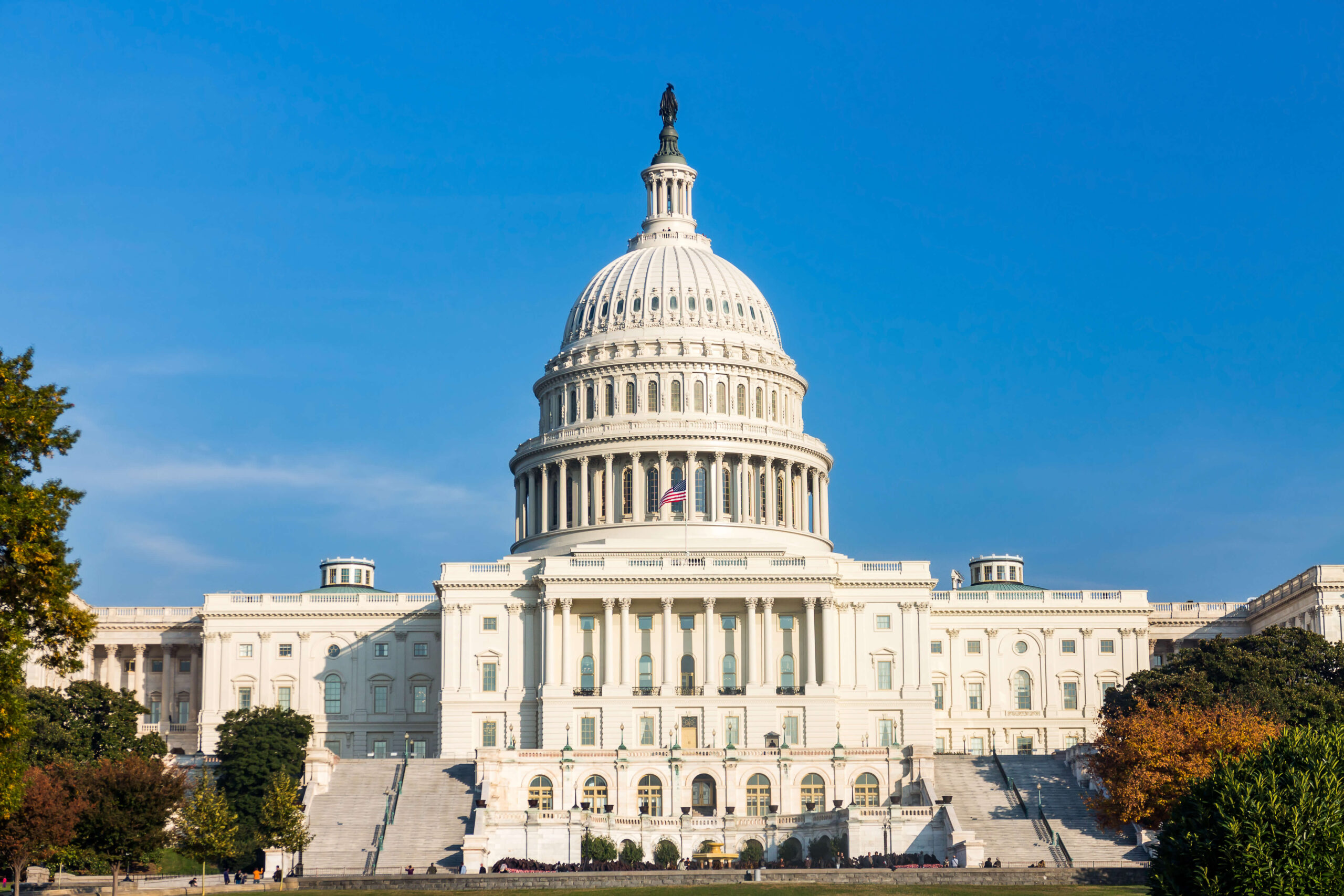SCOTUS Recap. Because the Buzz was away last week, we want to make sure that our readers have seen the thoughtful insights prepared by our colleagues on the impacts to employers stemming from the Supreme Court of the United States’ recent groundbreaking decisions related to affirmative action in college admissions and the standard for religious accommodation under Title VII of the Civil Rights Act of 1964. Further, on July 12, 2023, Shafeeqa W. Giarratani and T. Scott Kelly will host a webinar titled “The Supreme Court’s Affirmative Action Admissions Ruling—Ramifications for All Employers.” Register here.
EEO-1 Filing Delayed … But Why? James A. Patton, Jr. and Kiosha H. Dickey have the scoop on the U.S. Equal Employment Opportunity Commission’s (EEOC) postponement of the 2022 EEO-1 data collection. According to the EEOC, the agency is “currently completing a mandatory, three-year renewal of the EEO-1 Component 1 data collection” and “has updated the tentative opening of the 2022 EEO-1 Component 1 data collection to the Fall of 2023.” What isn’t clear—and what the EEOC does not provide—is the reason for the delay. As Jay and Kiosha posit, the delay could be due to technical changes to the form that the Commission proposed in November 2022. Could the delay simply be to realign the filing period with the traditional September 30 date that had been the filing deadline for years? Could the delay even be to buy some time for the confirmation of Democratic commissioner nominee, Kalpana Kotagal, who could provide a third vote to reinstate the short-lived EEO-1 Component 2 wage and hour data collection?
Mine Safety Agency Issues Silica Proposal. On June 30, 2023, the U.S. Department of Labor’s Mine Safety and Health Administration announced a proposed rule titled “Lowering Miners’ Exposure to Respirable Crystalline Silica and Improving Respiratory Protection.” The proposal would lower the current permissible exposure limit of respirable crystalline silica from 100 to “50 micrograms per cubic meter of air (µg/m3) for a full shift exposure, calculated as an 8-hour time-weighted average, for all miners.” The proposal also would update existing respiratory protection requirements and include “exposure sampling, corrective actions to be taken when miner exposure exceeds the permissible exposure limit, and medical surveillance for metal and nonmetal miners.” Comments will be due forty-five days after the proposal is published in the Federal Register. Senator Joe Manchin (D-WV)—whose vote the administration will need to confirm secretary of labor nominee Julie Su—joined other Democratic senators in praising the proposal.
Nomination News. Late last week, President Biden announced several important nominations to federal agencies.
- First, the president renominated Amanda Wood Laihow to serve as a member of the Occupational Safety and Health Review Commission (OSHRC). Laihow previously served on the Commission, beginning in January 2020. As the Buzz has discussed, the expiration of Laihow’s term in late April 2023 left OSHRC with only member—Commission Chair Cynthia Attwood—and without a functioning quorum. If Laihow is confirmed and sworn in, a quorum will have been restored and OSHRC will then be permitted to issue decisions.
- Second, the president nominated Virginia Solicitor General Andrew Ferguson and Utah Solicitor General Melissa Holyoak to the two vacant Republican seats on the Federal Trade Commission (FTC). While Democrats will still maintain a majority at the FTC with the confirmation of either or both nominees, the new commissioners will likely push back on current FTC initiatives, including the proposal to ban noncompete agreements.
PWFA Regs on the Way. As the Buzz recently noted, the Pregnant Workers Fairness Act (PWFA) went into effect on June 27, 2023, without implementing regulations in place. The U.S. Congress has tasked the EEOC with getting such regulations finalized by December 29, 2023. Late last week, the Commission sent to the Office of Information and Regulatory Affairs the proposed rule. While the rule is not publicly available at this time, the lengthy regulatory process means that if the Commission is to meet its year-end deadline for finalization, the proposal will likely be issued soon.
Happy Birthday, NLRA. The National Labor Relations Act (NLRA) turned eighty-eight years old on July 5, 2023. At the time of its enactment, the effects of the First World War, the Roaring Twenties, and the Great Depression had combined to create an uneasy economic climate characterized by significant labor unrest. Existing federal labor laws, such as the Railway Labor Act of 1926 (setting labor relations rules in the railway industry and amended in 1936 to include the airline industry), the Norris–La Guardia Act of 1932 (prohibiting federal courts from enjoining strikes, as well as outlawing contracts in which workers promise to refrain from union membership), and the National Industrial Recovery Act of 1933 (establishing the ineffective National Labor Board) helped to address the issue, but Congress concluded that a more comprehensive policy was needed. New York Senator Robert F. Wagner—who chaired the National Labor Board—took up the challenge and guided the NLRA to passage in Congress in just a matter of months. After President Franklin D. Roosevelt signed the NLRA into law on July 5, 1935, the first union election was held in December of that year at Wayne Knitting Mills in Fort Wayne, Indiana. The largely female bargaining unit voted in favor of the union, the American Federation of Hosiery Workers.





